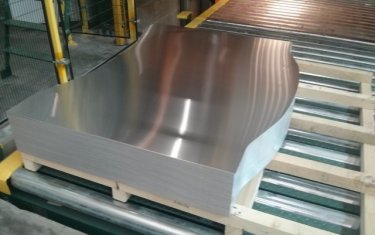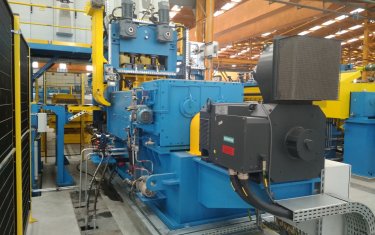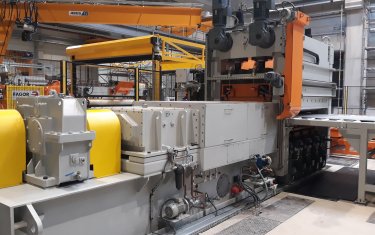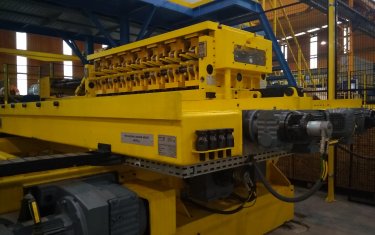During the manufacturing process, sheets are subjected to hot and cold rolling, which provides the material with mechanical properties. However, during this process, the sheet adopts shape defects and high levels of residual stresses are generated inside it which mean the quality of the sheet is not adequate. These effects are increased in the course of coiling, where the sheet tends to adopt the shape of the coil. Because of all this, flatness tolerances and the material specifications demanded by the market cannot be met through the lamination process alone. The correction of these sheet metal defects and the release of residual stresses inside the material are necessary. One of the most widely used machines for this purpose is the roll levelling machine.

A roll levelling machine is made up of two rows of rolls. The top row is designed with an inclination that causes the deformation induced by the first rolls to be exaggerated, and that decreases as it moves toward the last rolls.
The sheet passes through the rolls and bends alternately, causing the surface fibres to be subjected to alternate tensile and compressive stresses. When the sheet is in contact with a roll, the outer fibres furthest from the roll will be in a state of traction, while the outer fibres closest to the roll will be in a state of compression at the same time.
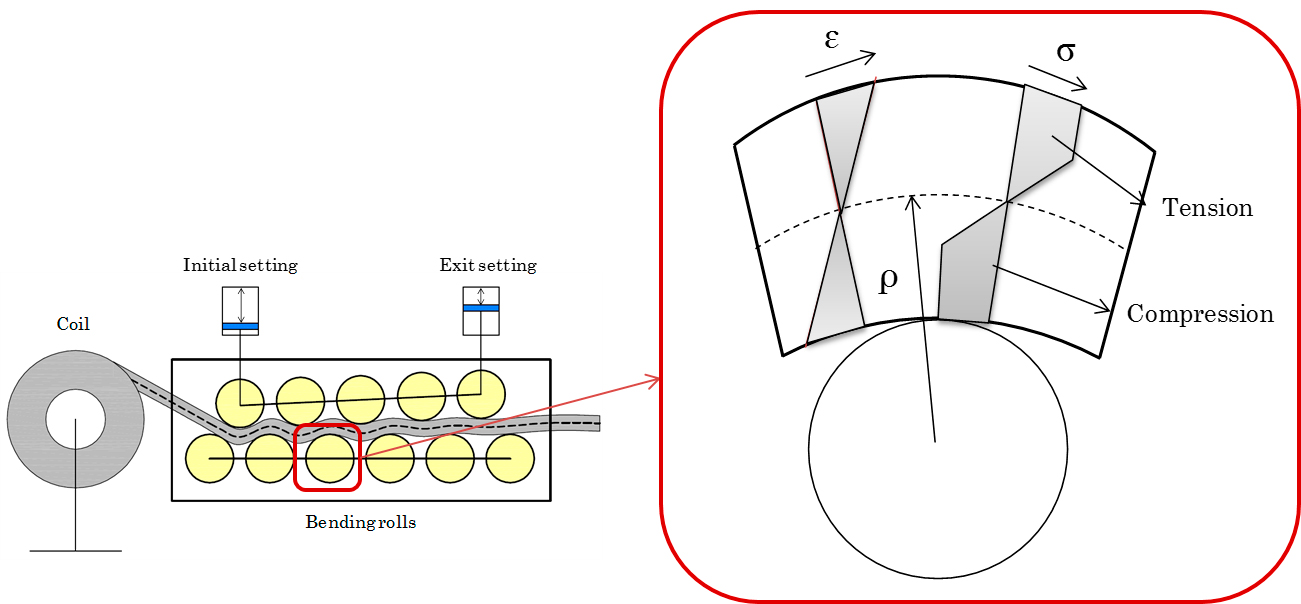
KONIKER is a specialist in the development of machines and in studying the levelling process of metallic materials, both regarding steel and aluminium. Experts in the field of levelling and inspection of KONIKER materials contribute all their know-how on improving the behaviour of the current facilities, even proposing modernising features that promote productivity improvements and process inspection window improvements that ensure quality.

